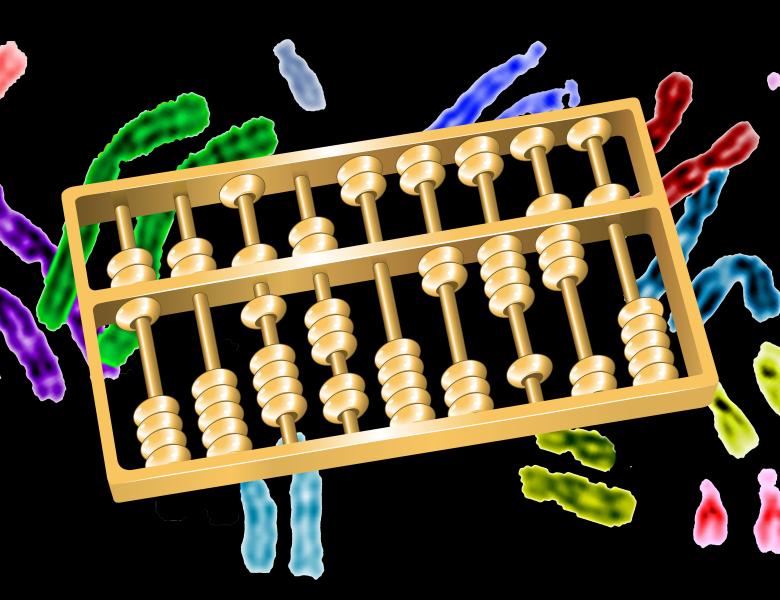In this talk I will introduce a novel probabilistic model for combining coding variants and gene expression to identify a set of genes driving a given disease, a disease mechanism. I will show how to use gene networks as priors to improve the robustness of disease mechanism detection. I will contrast this approach to methods such as dmGWAS, that first estimate marginal importance of genes and then combine them using a network. Our simulations show that using networks as priors has several advantages, including allowing to identify larger gene sets, disjoint subnetworks and being less sensitive to the noise in the network. Our experiments indicate that using networks as priors allows to take advantage of the current knowledge about protein interactions while being less sensitive to the noise.
